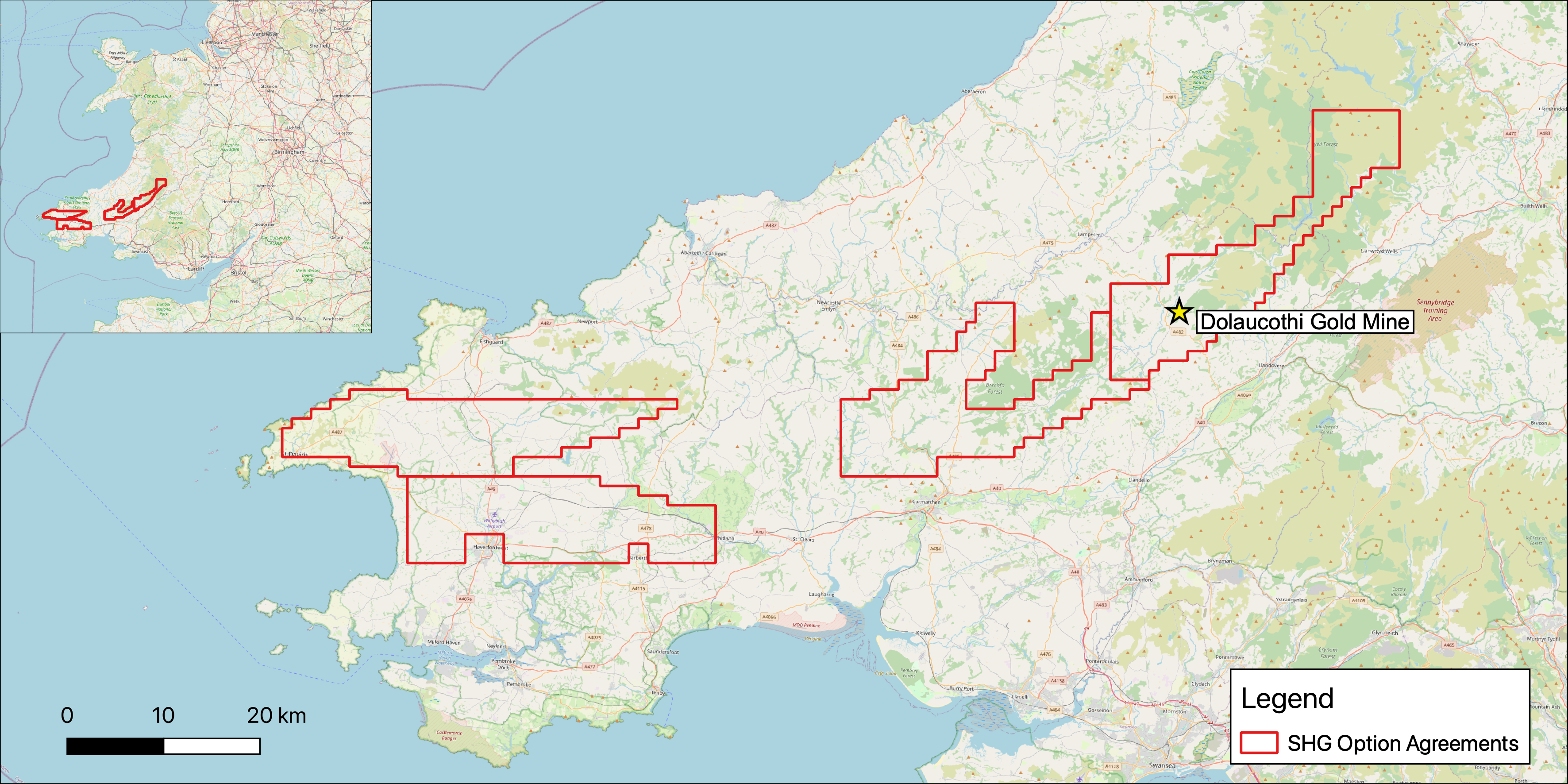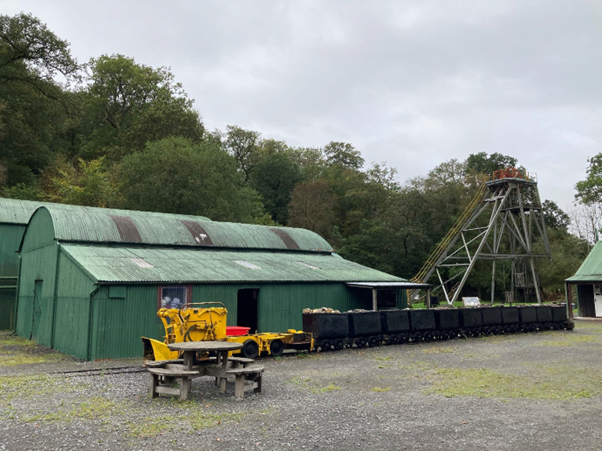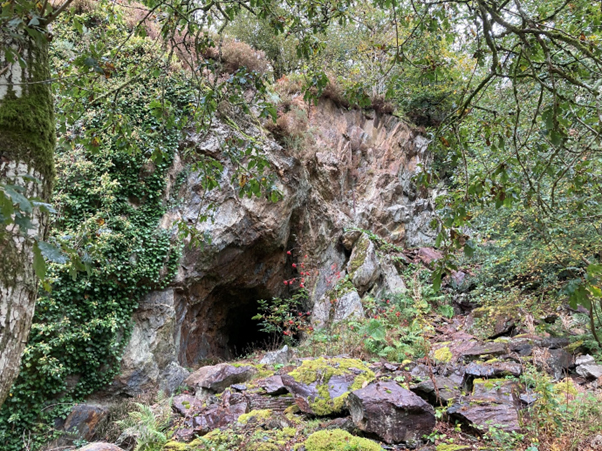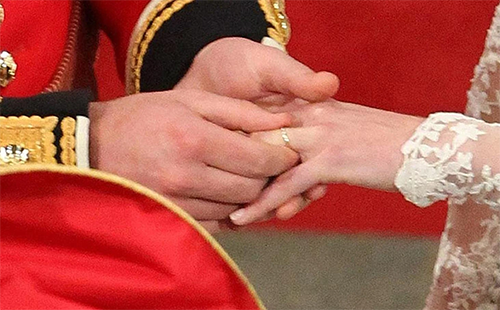Carmarthenshire
Sarn Helen Gold holds two Crown Estate Option Agreements encompassing 500km2 of land in Carmarthenshire encompassing the historic Dolaucothi gold mine where mineralisation is open down dip and along strike of the previously mined orebody.




